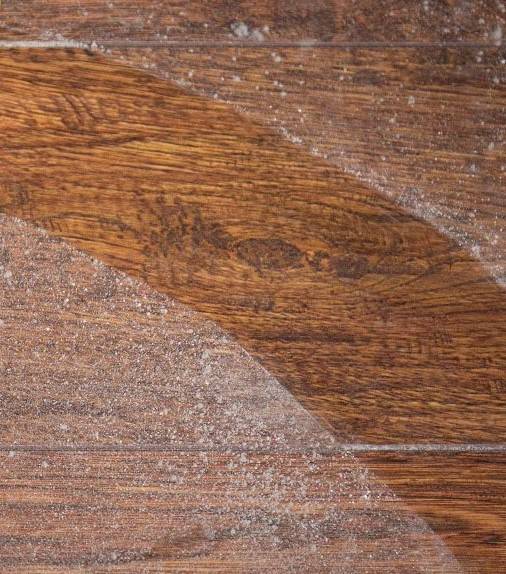House dust: Disturbing, but interesting
Published 6:15 am Tuesday, September 17, 2019
|
Getting your Trinity Audio player ready...
|
By Steve Roark
Tri-State Outside
Those trying in vain to keep a house clean detest house dust. It floats in sunbeams and accumulates on furniture.
Most assume the dust comes from outside, and about 60 percent of it does in the form of dirt or pollen, but much of it is generated inside the home.
If you look at floater house dust under a microscope, it appears to be small flat plates, usually six sided and slightly wrinkled on the surface. It’s is mostly skin cells from us or from pets. We shed them constantly in fantastic amounts, and it’s the body’s way of keeping itself clean and free from invading pathogens.
Surrounding us is a cloud of shed skin cells too small to be seen with the naked eye. The formal name for this cloud is “dander” and the only time you may notice your own dust cloud is if you wear black and see white flakes on your shoulders. We call that “dandruff” and treat it with medicated shampoos like it’s an ailment. But skin cells and tiny hairs are shed from every square inch of our body except the palms of our hands and soles of our feet. We produce a constant rain of dust that settles and accumulates everywhere we sit or stand.
Nature is very efficient, and if there’s something to eat, there’s usually something to eat it. And so we have living with us in our house, dust mites (Dermatopyagoides farinae) too small to see. They live in the carpet, in our bed, and on all our furniture. Having tiny live-in vacuum cleaners wouldn’t be such a bad thing except for one problem. They are so tiny we unknowingly inhale a mites or mite parts, and there are lots of those in our house too. Some dust allergies are caused by an allergic reaction to dust mites.
Getting rid of dust mites in your home is impossible, as is getting rid of house dust. All you can do is vacuum regularly and try to forget the mites are there. But it is interesting that the indoors has its own version of wildlife. Disturbing, but interesting.
Steve Roark is a retired area forester from Tazewell, Tennessee.







